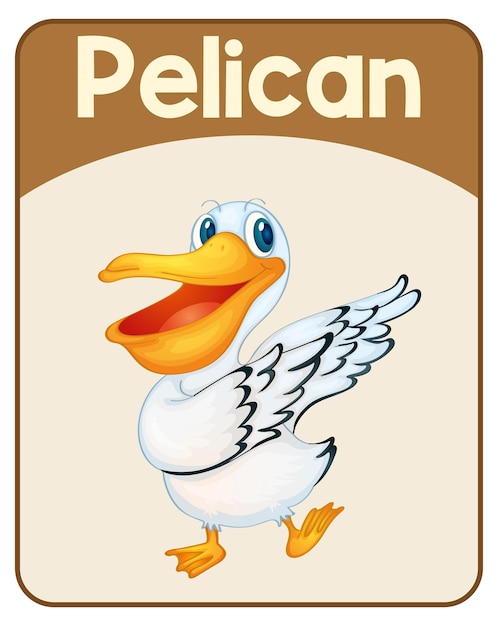

The dodo bird was a flightless bird native to the island of Mauritius.
Dodos were approximately three feet tall and weighed about 40 pounds.
The dodo bird went extinct around 1662 due to human hunting and the introduction of invasive species.
Despite their size, dodos were not strong runners and relied on their beak and wings for defense.
The dodo bird had short, stubby wings that were not capable of flight.
Dodos were known for their curved beak and large, hooked claws.
Dodos were herbivorous and primarily consumed fruits and seeds.
The dodo bird had a unique mating dance, which involved displaying their colorful plumage and making various vocalizations.
Dodos were known for their friendly and fearless nature, making them easy targets for human hunters.
The dodo bird laid only one egg at a time, which was incubated for about 6 weeks.
Dodos had a slow reproductive rate, contributing to their vulnerability to extinction.
The dodo bird was discovered by Dutch sailors in 1598.
Dodos were often depicted in artwork and literature during the 17th century.
The dodo bird’s name is thought to have come from the Portuguese word doudo, meaning foolish or simpleton.
The dodo bird had a distinctive appearance, with a plump body, small wings, and a large, hooked beak.
Dodos had a unique gait, waddling rather than walking.
Dodos were known for their ability to swim and would occasionally enter water sources such as lakes and ponds.
The dodo bird had short, fluffy feathers that were grayish-brown in color.
Dodos possessed strong beaks and could use them to crack open tough nuts and seeds.
The dodo bird’s lack of natural predators contributed to its naivete and vulnerability to hunting.
Dodos were social birds and lived in small groups or flocks.
Dodos had a lifespan of around 20 years in the wild.
The dodo bird’s extinction sparked early conservation efforts and raised awareness about the impact of human activities on other species.
Dodos had a unique digestive system that allowed them to process tough plant matter.
The dodo bird’s closest living relative is believed to be the Nicobar pigeon.
The dodo bird’s specific classification is uncertain, but it is believed to be closely related to pigeons and doves.
Dodos had prominent eyes that were framed by a thin layer of bare skin.
The dodo bird’s feathers were often collected by sailors as souvenirs, further contributing to their decline.
Despite their appearance, dodos were agile climbers and could navigate through trees and branches.
Dodo birds were an important symbol of the unique biodiversity found on Mauritius.
Dodos were once abundant on Mauritius, with estimates suggesting a population of around 100,000 birds.
The extinction of the dodo bird is considered one of the earliest and most well-known examples of human-caused extinctions.
The dodo bird has become a symbol of the importance of conservation and preserving biodiversity.
Dodos were not the only bird species that went extinct on Mauritius; several other species, including the Rodrigues solitaire, also disappeared.
The dodo bird had a gentle temperament and would often approach humans without fear.
Dodos had thick, sturdy bones, which provided an advantage in fighting off predators.
The dodo bird’s decline was accelerated by the rapid deforestation and habitat destruction that occurred on Mauritius.
The dodo bird’s slow breeding rate made it difficult for the population to recover from hunting pressures.
Dodos had a keen sense of smell and capable of detecting fruits and seeds from a considerable distance.
The dodo bird’s extinction led to the loss of an important seed disperser on Mauritius.
Dodo bird fossils have provided valuable insights into the bird’s physical characteristics and behavior.
The dodo bird’s wings had become reduced in size over time due to the lack of predators and the abundance of food on Mauritius.
The dodo bird’s extinction is a stark reminder of the devastating impact that humans can have on ecosystems and wildlife.
Dodos were often depicted in popular culture as being clumsy and foolish due to their extinction and lack of knowledge about the bird.
The dodo bird’s memory lives on through various museums and educational initiatives dedicated to preserving its story and raising awareness about the importance of conservation.
Around the world, coffee enthusiasts enjoy Monin coffee concentrate since it is a multipurpose product. Conveniently combining…
The Importance of Choosing the Right Shower for Your Bathroom Renovating your bathroom can be…
Usain Bolt holds the record for the fastest 100-meter sprint in history.Bolt was named Sportsman…
Love is in the air... and it smells suspiciously like chocolate!Roses are red, violets are…
Life's a beach, take a picture and relax.Sun, sand, and salty kisses. That's what beach…
Hungary is home to the largest thermal water cave system in the world.The Rubik's Cube…